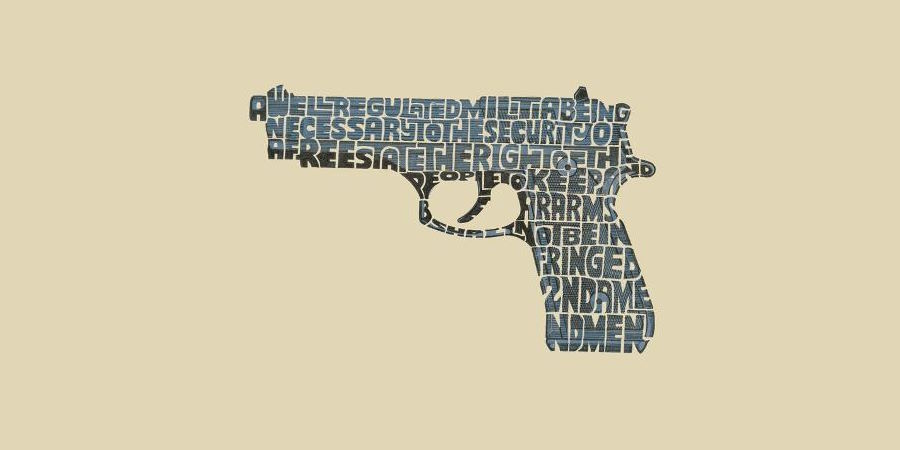(Last Updated: 27th February 2025)
This article was originally written by Wallbuilders | January 4, 2017
The Founders on the Second Amendment
 A well-regulated Militia, being necessary to the security of a free State, the right of the people to keep and bear Arms, shall not be infringed.
A well-regulated Militia, being necessary to the security of a free State, the right of the people to keep and bear Arms, shall not be infringed.
The Second Amendment to the Constitution has become a target for Progressives and Liberals, who are determined to dismantle it. The Founders recognized the “right to keep and bear arms” as an inalienable right of self-defense to be protected by government rather than infringed or abridged by it. As Constitution signer John Dickinson affirmed, inalienable rights such as self-defense were rights “which God gave to you and which no inferior power has a right to take away.” [1]
Significantly, the Second Amendment did not grant or bestow any right on the people; instead, it simply recognized and provided what Constitution signer James Wilson called “a new security” for the right of self-defense that God had already bestowed on every individual. [2]
Numerous Founders affirmed the God-given right to self-defense and personal safety:
[T]he said Constitution [should] be never construed . . . to prevent the people of the United States, who are peaceable citizens, from keeping their own arms. Samuel Adams, Signer of the Declaration, “Father of the American Revolution” [3]
The right . . . of bearing arms . . . is declared to be inherent in the people. Fisher Ames, A Framer of the Second Amendment in the First Congress [4]
[T]he advantage of being armed [is an advantage which] the Americans possess over the people of almost every other nation. . . . [I]n the several kingdoms of Europe . . . the governments are afraid to trust the people with arms. James Madison, U.S. President, Signer of the Constitution, a Framer of the Second Amendment in the first congress [5]
[T]o preserve liberty, it is essential that the whole body of the people always possess arms, and be taught alike, especially when young, how to use them. Richard Henry Lee, Signer of the Declaration, A Framer of the Second Amendment in the First Congress [6]
To learn the history of this historic Amendment and the Founders’ clear views on it, see Wallbuilder’s short book The Second Amendment. Also, The Founders’ Bible shows not only the Founders’ position on self-defense and the Second Amendment but it also gives the Biblical basis for that right — as in Exodus 22, which helps explain the “Castle Doctrine.”

[1] John Dickinson, Letters from a Farmer in Pennsylvania, R. T. H. Halsey, editor (New York: The Outlook Company, 1903), p. xlii, letter to the Society of Fort St. David’s, 1768; see also John Quincy Adams, An Oration Delivered Before the Cincinnati Astronomical Society on the Occasion of Laying the Cornerstone of an Astronomical Observatory on the 10th of November, 1843 (Cincinnati: Shepard & Co., 1843), pp. 13-14.
[2] James Wilson, The Works of the Honorable James Wilson, Bird Wilson, editor (Philadelphia: Bronson and Chauncey, 1804), Vol. II, p. 454.
[3] Debates and Proceedings in the Convention of the Commonwealth of Massachusetts, Held in the Year 1788 (Boston: William White, 1856), pp. 86, 266, February 6, 1788; see also William V. Wells, The Life and Public Service of Samuel Adams (Boston: Little, Brown, & Co., 1865), Vol. III, p. 267.
[4] Fisher Ames, Works of Fisher Ames, Seth Ames, editor (Boston: Little, Brown and Company, 1854), Vol. I, p. 54, to George Richards Minot on June 12, 1789.
[5] Alexander Hamilton, John Jay, and James Madison, The Federalist on the New Constitution (Philadelphia: Benjamin Warner, 1818), p. 259, Federalist No. 46 by James Madison.
[6] Richard Henry Lee, An Additional Number Of Letters From The Federal Farmer To The Republican (New York: 1788), p.170, Letter XVIII, January, 25, 1788.
